What is an oilseed?
Oilseeds are plant seeds primarily cultivated for their high oil content, which can be economically extracted for food or industrial use. Their byproduct, meal or cake, is also valuable.
Understanding oilseeds is the first step in the oil production journey. It helps you choose the right raw materials and the right processing equipment, like the machines we build at Zhengzhou Fude Machinery. Let’s explore what truly qualifies a seed for this category and look at the most important types you might encounter.
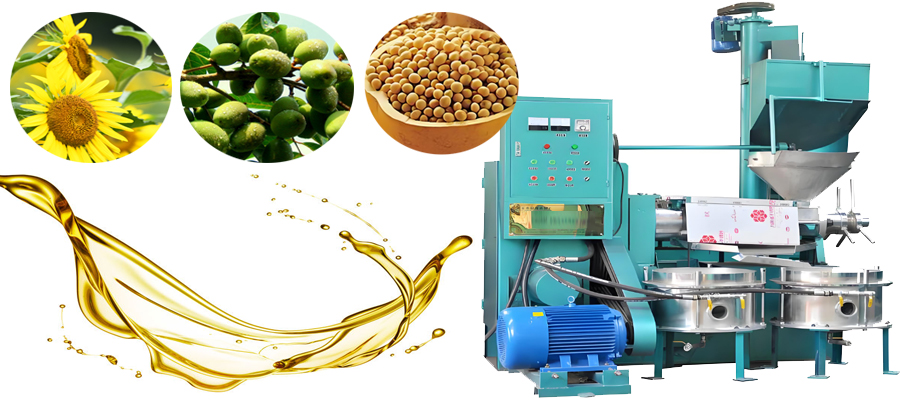
Analysis of raw materials for oil extraction
- The Commercial Definition
- The core idea is economic feasibility. An oilseed must contain enough oil so that the value of the extracted oil is greater than the cost of planting, harvesting, transporting, and processing the seed. If a seed only has 5% oil, the effort and energy needed to extract that small amount usually make it unprofitable for large-scale oil production. We consider seeds oilseeds when they offer a good return on the processing investment.
- Dual Value: Oil and Meal
- Another key factor is the value of the byproduct. After we press or extract the oil, the remaining solid material is called oil cake or meal. For most major oilseeds, this cake is rich in protein and serves as a valuable animal feed ingredient. Think of soybeans – their meal is arguably as important globally as their oil. This “oil and meal” combination significantly boosts the overall economic value of processing the seed.
Which oilseeds are suitable for oil presses

In the field of agriculture and food processing, oilseeds as an important source of raw materials, its processing plays a key role in meeting people’s demand for edible oil. As the core equipment for converting oilseeds into edible oil, the performance and scope of application of oil presses directly affect the efficiency and quality of oilseed processing. Understanding what is oilseed and the raw materials that can be processed by oil press, its characteristics and oil yield is important for optimizing the oilseed processing technology and improving the quality of edible oil.
- Oilseeds are seeds or fruits that are rich in oil and are the main source of vegetable oil. There are a wide variety of common oilseeds, including soybean, rapeseed, cottonseed, peanut, sunflower seed, sesame seed, rice bran, oil tea seed, oleaginous seed, sapium seed, oil palm fruit, peppercorn seed, and corn germ. These oilseeds are widely cultivated all over the world, and the types and yields of oilseeds in different regions vary according to climate, soil and other natural conditions.
- Nutritional Characteristics
- Different oilseeds contain different nutrients. Sesame has an oil content of up to 45%-63%, a protein content of 19-31%, 43% oleic acid and 43% linoleic acid, with high nutritional value, and due to the role of the natural antioxidant sesaminol, sesame oil is chemically stable. Rice bran generally contains 3.5%-7% of the rice germ, and the rice germ itself has a high oil content, about 25%-37%, and can be used separately for food purposes or oil production. Camellia oil is rich in unsaturated fatty acids, which is beneficial to human health.
- Processing characteristics
- Various oilseeds also differ in their processing characteristics. For example, the irrational design of traditional press hall will lead to low oil yield and high power consumption of some oilseeds. And the modern oil press is optimized for the characteristics of different oilseeds. For oilseeds with high oil content, such as rapeseed, sesame, etc., the oil press can adopt efficient pressing technology to improve the oil yield; for some oilseeds with high shell content, such as cottonseed, sunflower seeds, etc., they need to be dehulled before pressing in order to improve the pressing effect. Meanwhile, the cell wall structure and oil distribution of different oilseeds are also different, which will affect the pressing process and parameter settings of the oil press.
- Comparison of oil yield of oilseeds
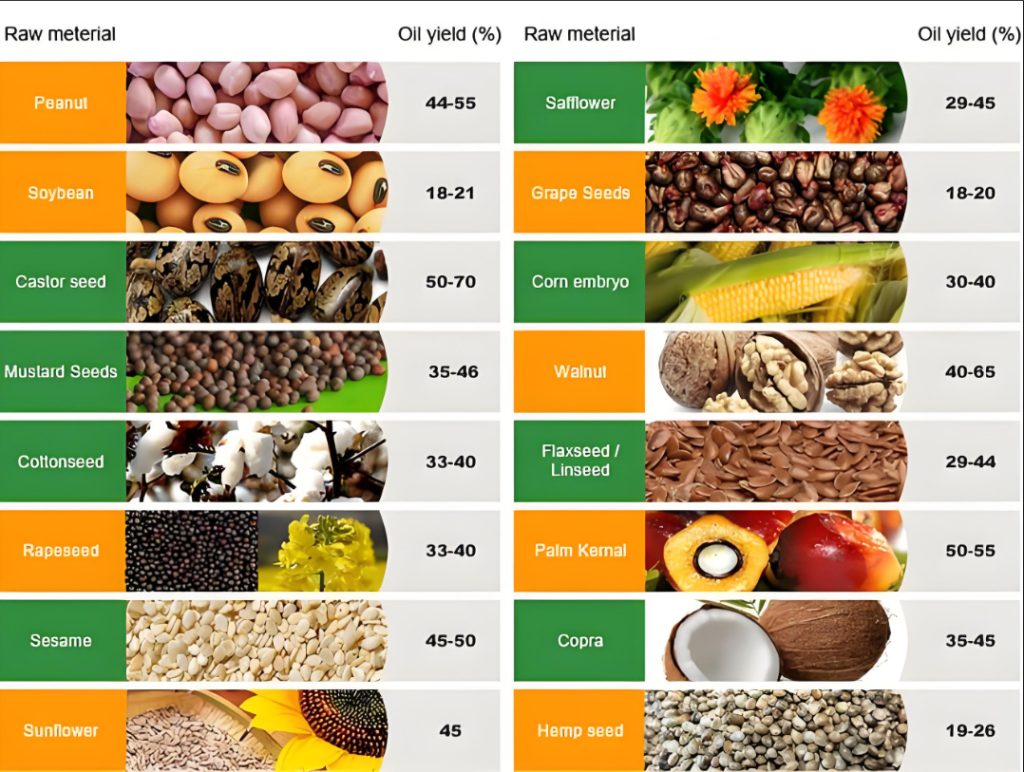
Oilseeds, as an important source of oil and fat, have a wide variety and unique characteristics. As a key equipment for oilseed processing, the oil press has advantages such as high efficiency, high oil yield, pure oil quality, cost savings, wide applicability, intelligent control, energy conservation and environmental protection, safety and durability, and easy maintenance. Understanding the types, characteristics, and oil yield of oilseeds, as well as the performance and advantages of oil presses, is of great significance for optimizing oilseed processing technology and improving the quality of edible oil.
Related recommendations
-
The development prospects of oil presses
219The oil press produced by Zhengzhou Fude Machinery is an efficient, energy-saving, and easy to operate oil processing equipment with broad application prospects in the oil processing industry.
View details -
What are the advantages of a large-scale tea seed peeling machine production line
173The large-scale tea seed shelling machine integrates tea seed shelling and shell kernel separation, and has multiple significant features and advantages.
View details -
Guide to oil presses: categories and uses
66Classification and characteristics of oil pressesWhat is the difference between cold pressing and hot pressing?How does a screw oil press work?How does a hydraulic oil press work?How to choose the right oil press for you?What should be paid attent...
View details -
Advantages and disadvantages of drum frying machine
160Drum frying machine is a commonly used equipment for frying various dry goods
View details
 Oil Press Equipment and Oil Refining Machinery for Sale – Start Your Oil Press Business
Oil Press Equipment and Oil Refining Machinery for Sale – Start Your Oil Press Business
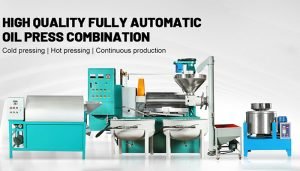

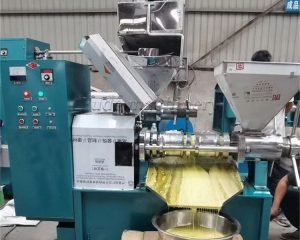
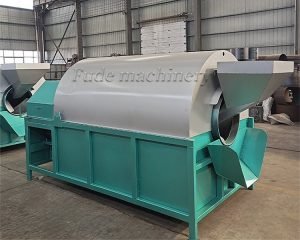
HelloPlease log in